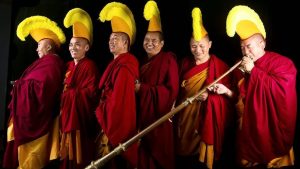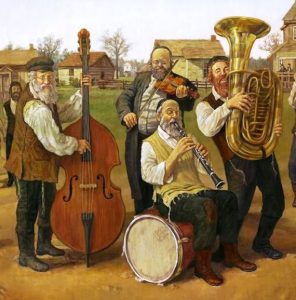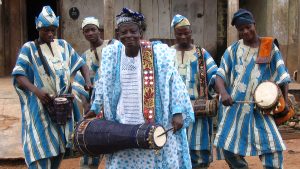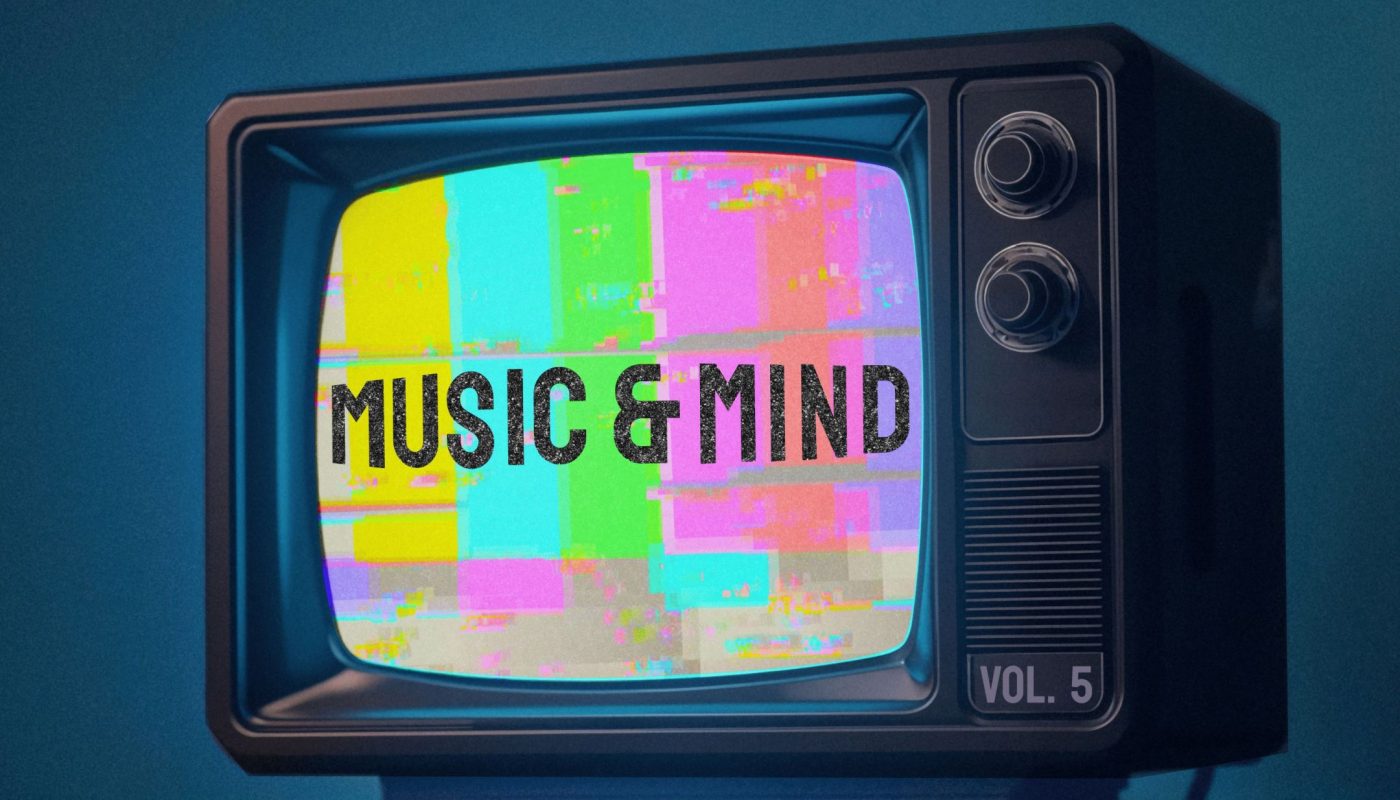No one announces it. No one explains. But when the singing begins—low, slow, ancient—it’s as if the room inhales together. You don’t know the language. You don’t need to. The sound moves through the space like smoke, settling into bones, memory, something older than thought.
This isn’t performance. It’s something else. Something sacred. And there is just you in a gigantic venue pressured with the greatness of music echoing in every square meter of the room
Welcome back, music explorers! This time I am in the mood of talking about something that is sacred and hidden from most people’s ears – religious genre of music and cultural ceremonies. Why? Because it is the same art as our beloved RnB or techno and it would be interesting to discover the roots and find where the meaning begins. We all know that religious music was way before any other genre started to gain its popularity. It’s the unseen architecture of ritual, the pulse of identity, the sound of a threshold being crossed.
When words start to fall short, when grief is too heavy or joy too overwhelming – music steps in.
It doesn’t just reflect emotion. It gives it form. Even in secular ceremonies, we borrow from sacred templates: slow piano preludes, string quartets, choral harmonies. These aren’t just aesthetic choices – they’re emotional cues passed down through centuries. Music gives structure to transition. It creates pause, frames reflection, and signals that something meaningful is happening.
A Global Look at Ritual Music
Different cultures, different styles—but the emotional function of music in ceremony? Strikingly similar.
-
Buddhist Chanting

In many Buddhist traditions, chanting isn’t melodic in the Western sense. It’s rhythmic, repetitive, often low in tone. It’s used not to entertain but to center the mind, clear distractions, and connect with deeper states of awareness. There’s no need for complex melody. The repetition is the point. It becomes a sonic meditation, a kind of audible stillness that invites inward focus.
Simplicity and repetition can create profound impact
-
Christian Gospel Choirs

On the other end of the spectrum, gospel music is big, bold, and emotional. It’s designed to uplift, electrify, and move people literally and spiritually. Harmony and call-and-response pull individuals into collective praise. Whether in a church or at a festival, you feel it in your chest. Gospel reminds us of music’s power to connect personal emotion with collective celebration.
When people sing together, the room becomes one voice
-
Jewish Klezmer & Cantorial Music
 Klezmer music is often heard at Jewish weddings and holidays. It is a blend of joy and longing. It’s playful but soulful, rooted in Eastern European folk and Yiddish tradition. Cantorial music, sung in synagogue, leans more spiritual and introspective. Together, they show how music can carry cultural memory, shaping identity while creating space for both grief and celebration.
Klezmer music is often heard at Jewish weddings and holidays. It is a blend of joy and longing. It’s playful but soulful, rooted in Eastern European folk and Yiddish tradition. Cantorial music, sung in synagogue, leans more spiritual and introspective. Together, they show how music can carry cultural memory, shaping identity while creating space for both grief and celebration.
Music can hold two emotions at once – bittersweetness is powerful
-
West African Drumming in Initiation Rituals
 In many West African cultures, drumming is central to rites of passage and communal ceremonies. It’s not just background, it leads the ritual. Polyrhythms guide dancers, mark transitions, and induce trance states. It’s physical, social, and spiritual all at once. The entire body participates through movement, rhythm and energy.
In many West African cultures, drumming is central to rites of passage and communal ceremonies. It’s not just background, it leads the ritual. Polyrhythms guide dancers, mark transitions, and induce trance states. It’s physical, social, and spiritual all at once. The entire body participates through movement, rhythm and energy.
Music isn’t always about melody. Rhythm alone can transform a space
Ceremonial music isn’t performed at people. It’s created with them. Sounds familiar, right? It is still the same formula as for any event nowadays, and the secret ingredient of it – participation. Whether through clapping, dancing, humming, or chanting, communal sound builds group identity. It reminds people: you’re not just here to watch. You’re part of this. Even massive music festivals borrow this logic. The drop at an EDM show? It’s engineered unity. Everyone jumps at the same moment. It mimics spiritual ecstasy, communal rhythm, the euphoria of shared experience. Ritual music has been doing that for thousands of years. It’s group bonding without the small talk.
To outline the key points and take them into consideration, I took the following statements that might be beneficial for you too:
- Repetition matters – chants repeat for a reason, they help people settle in, focus, and connect.
- Use music to mark transitions – just like rituals guide participants from one stage of life to another, events have their own phases: arrival, opening remarks, announcements, farewells.
- Don’t fear silence – sacred spaces often include silence between songs or chants. Silence gives meaning to sound.
- Choose meaningful motifs – religious music often reuses simple phrases with deep meaning. Events can do the same.
Let me know in the comments whether you find it useful for you or too culty. I accept both answers :). See you next time!
Here is the link to my previous post about Music Journey, check it out!!




Interesting to read even for people who knows nothing about music.
Like👍🏻
That’s what I aim to. Thanks!